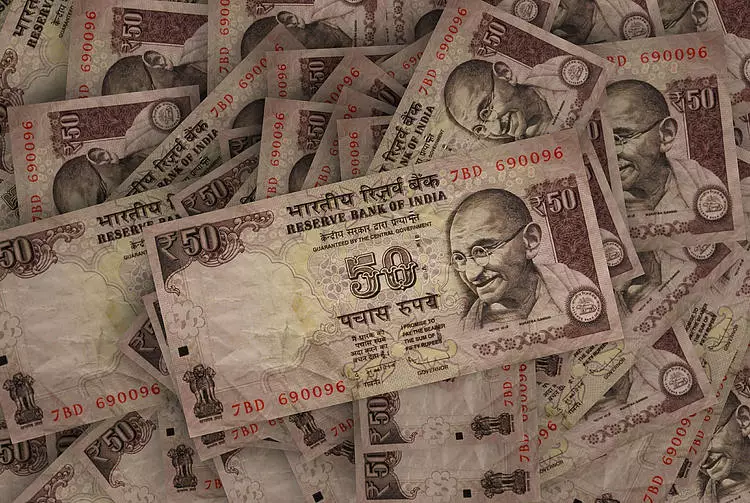In the increasing volatility observed in currency markets, the Indian Rupee (INR) has shown signs of weakening as it encounters a perfect storm of factors contributing to its decline. As of this week, the INR has been trading negatively for the third straight day, primarily influenced by a surge in demand for the US Dollar (USD). This situation has generated considerable concern among investors who monitor currency fluctuations closely, especially in light of the ongoing tumultuous geopolitical landscape and the erratic movement of crude oil prices.
The decline of the INR is not merely an isolated occurrence; instead, it mimics broader market trends influenced by fluctuating foreign fund investments and international commodity prices. Foreign outflows, exacerbated by renewed USD demand, have been significant contributors to this trend. Moreover, market analysts are keenly watching the evolving situation, particularly as the USD continues to strengthen amid increasing global economic uncertainties.
Crude oil prices play a crucial role in shaping India’s economic strategies, given the country’s heavy reliance on imported oil. The recent uptick in oil prices, fuelled by heightened conflicts in the Middle East, contributes to increased costs for Indian imports, further straining the INR. With attempts to balance a burgeoning trade deficit and inflation concerns, the Indian government faces a multifaceted challenge in navigating its fiscal policies.
Attention is also turned towards forthcoming economic indicators, most notably the HSBC India Manufacturing Purchasing Managers Index (PMI) set to be released soon. This index serves as a vital gauge of economic activity and business health within the manufacturing sector, thereby impacting market predictions regarding the INR.
On the international front, the US Federal Reserve remains a key player in global financial dynamics. Recent comments from Fed Chair Jerome Powell have raised eyebrows as they hint at a potential easing of monetary policy. Despite a significant half-percentage point rate cut in the recent past, Powell cautioned against assuming that the pace of cuts would persist at an aggressive level. The speculation surrounding future rate cuts could instigate volatility in the USD, which, in turn, plays a pivotal role in determining INR trends.
Currently, interest rate futures forecast a 35.4% probability of a half-point cut occurring by November, juxtaposed with a 64.6% likelihood for a quarter-point reduction. These potential shifts in U.S. monetary policy create ripples in the global economy and particularly within developing markets like India, where currency stability is paramount for maintaining robust economic growth.
Recent reports illuminate the situation further, revealing that India’s current account has slipped into a deficit of $9.7 billion for the first quarter of FY25, translating to 1.1% of the Gross Domestic Product (GDP). Such indicators naturally incite caution among investors and policymakers alike, given that a deficit can lead to a decline in the INR’s purchasing power relative to foreign currencies.
Despite these challenges, certain dynamics could ameliorate the situation moving forward. Standard interventions by the Reserve Bank of India (RBI) could play an essential role in managing currency fluctuations. Historically, strong action from the RBI to stabilize the INR includes direct market intervention as well as adjustments to interest rates. As the Bank works to maintain inflation targets at around 4%, these instruments remain central to curbing any potential depreciation of the currency.
Investment Sentiment and Future Outlook
The sentiment surrounding the INR reflects a dual narrative—one that recognizes the potential for increased foreign investment that often accompanies a favorable growth outlook, while simultaneously remaining cautious of inflationary pressures that could undercut the currency’s strength. Higher inflation rates can lead to diminished export competitiveness and increased local currency depreciation, further complicating India’s fiscal landscape.
The Indian Rupee’s current predicament highlights the multitude of factors at play—from external pressures like crude oil prices and USD demand to internal elements like economic indicators and RBI policies. It remains essential for stakeholders to navigate these interconnected variables strategically to effectively forecast the INR’s trajectory in an increasingly uncertain global financial environment. As markets remain fluid, careful monitoring of economic data releases and geopolitical developments will be crucial for deciphering the potential paths ahead for the Indian currency.

